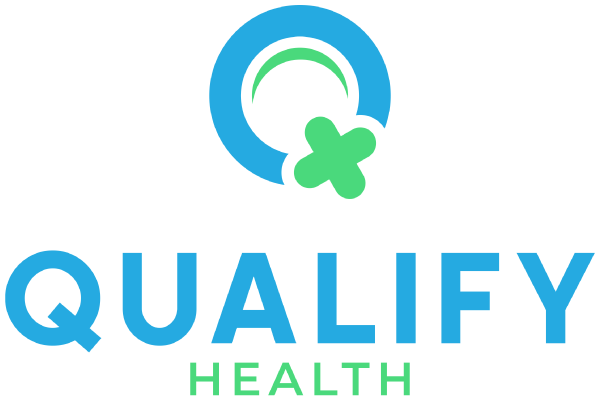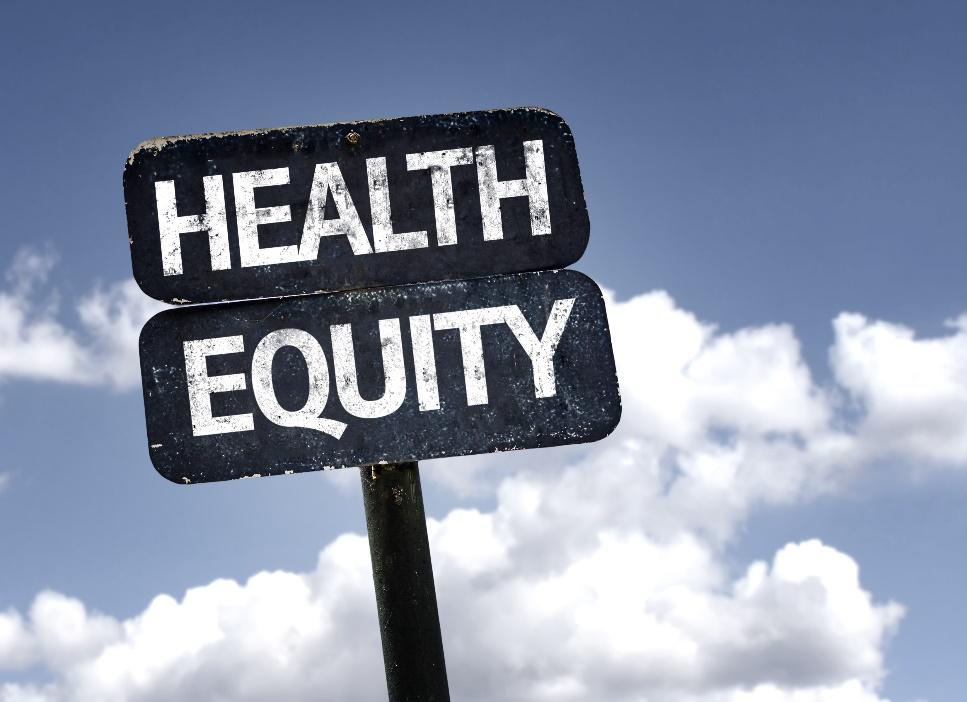The American dream promises opportunity and prosperity for all, yet the reality holds a starkly different picture. While some individuals navigate life with relative ease, accessing quality healthcare, healthy food, and safe housing, others face an uphill battle against a powerful and often invisible enemy: social determinants of health (SDOH).
These non-medical factors, encompassing the circumstances in which we are born, live, work, and age, profoundly impact our health and well-being, weaving a complex tapestry of inequities that disproportionately burden specific populations.
Uneven Playing Field: Racial and Ethnic Minorities
For communities of color in the united states, the deck is often stacked against themand it has resulted in persistent socioeconomic disparities, with a higher prevalence of poverty, unemployment, and lack of health insurance compared to their white counterparts.
These factors translate into tangible risks – living in neighborhoods burdened by environmental hazards like pollution and food deserts, lacking access to quality healthcare, and navigating a system plagued by implicit bias.
The consequences are stark: higher rates of chronic diseases like heart disease, diabetes, and certain cancers cast a long shadow over individual lives and communities.
Caught in the Crosshairs: Low-Income Individuals and Families
Financial insecurity casts a long shadow, weaving stress, anxiety, and unhealthy coping mechanisms into the fabric of daily life for low-income individuals and families.
The struggle to make ends meet often compromises healthy food choices, forcing families to rely on processed options loaded with sugar and unhealthy fats.
Housing instability adds another layer of vulnerability, exposing residents to unsafe living conditions and environmental hazards. Access to healthcare becomes a constant hurdle, with limited insurance coverage or geographical barriers impeding timely diagnosis and treatment.
The cumulative effect? Increased susceptibility to preventable diseases, exacerbating existing health conditions, and perpetuating a vicious cycle of ill health and economic hardship.
Rural Realities: Challenges Beyond the City Limits
For those residing in rural America, healthcare deserts pose a significant challenge. The shortage of healthcare providers and specialists, particularly in mental health and specialized care, creates a daunting obstacle for those seeking essential services.
Transportation barriers add another layer of complexity, forcing long-distance journeys just to access basic healthcare. Access to healthy food can be limited, with grocery stores few and far between, and fresh produce often prohibitively expensive.
These factors contribute to higher rates of obesity, chronic diseases, and mental health issues, highlighting the need for targeted interventions and increased resource allocation to meet the unique needs of rural communities.
Vulnerable Beginnings: Children and Adolescents Facing an Unequal Start
The consequences of SDOH are tragically evident in the lives of children and adolescents. Growing up in environments characterized by poverty, food insecurity, exposure to violence, and inadequate education puts them at a significant disadvantage.
These factors negatively impact their physical and mental health development, increasing the risk of chronic diseases, behavioral problems, and academic struggles.
Early intervention and targeted programs are crucial to break the cycle of intergenerational poverty and ill health, providing vital support during these formative years and ensuring all children have the opportunity to reach their full potential.
Beyond Awareness: Building a More Equitable Future
Recognizing the unequal playing field created by SDOH is the first step towards a more just healthcare system. However, awareness alone is insufficient.
Concrete action is needed, demanding a multi-pronged approach that tackles disparities at their root:
Policy Advocacy:
Championing policies that address SDOH by promoting economic equity, ensuring access to quality healthcare and healthy food, and investing in community-based initiatives that empower underserved populations.
Community Engagement:
Partnering with local organizations and community leaders to identify specific needs and develop culturally tailored interventions that address health challenges within specific populations.
Public Education:
Raising awareness about the impact of SDOH and promoting individual and collective action to dismantle discriminatory practices and advocate for systemic change.
Learn How Qualify Health Can Help
Qualify Health works with healthcare systems across the country to help solve the health equity crisis. We are a prestigious organization that promotes health equity and reduces health disparities.
We do this via different means which include insurance payments for patients, transportation assistance, and philanthropic solutions to patient medical bills. These solutions help to improve people’s overall health and well-being regardless of their socioeconomic status.
For more information about our services, contact Qualify Health at (888)770-7191
Conclusion
By acknowledging the intersection of SDOH and specific populations, we can move beyond mere statistics and delve into the lived experiences of those facing immense challenges. This deeper understanding fuels our commitment to dismantling the invisible barriers


